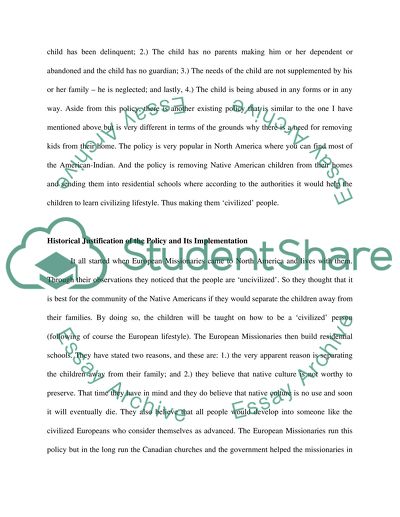Cite this document
(Juvenile Justice Policy Coursework Example | Topics and Well Written Essays - 2250 words, n.d.)
Juvenile Justice Policy Coursework Example | Topics and Well Written Essays - 2250 words. https://studentshare.org/law/1527468-juvenile-justice-policy
Juvenile Justice Policy Coursework Example | Topics and Well Written Essays - 2250 words. https://studentshare.org/law/1527468-juvenile-justice-policy
(Juvenile Justice Policy Coursework Example | Topics and Well Written Essays - 2250 Words)
Juvenile Justice Policy Coursework Example | Topics and Well Written Essays - 2250 Words. https://studentshare.org/law/1527468-juvenile-justice-policy.
Juvenile Justice Policy Coursework Example | Topics and Well Written Essays - 2250 Words. https://studentshare.org/law/1527468-juvenile-justice-policy.
“Juvenile Justice Policy Coursework Example | Topics and Well Written Essays - 2250 Words”. https://studentshare.org/law/1527468-juvenile-justice-policy.


